|
Morning, South Fork, Cave Creek Canyon This is the second of two posts on our trip to Cave Creek Canyon in Portal Arizona in May of 2016. For the first post dated June 3rd follow this link. [Updated August 28, 2018]. This second post includes birds at Dave Jasper's feeders, Cave Creek Ranch, and the Rodriguez feeders, see map below. Next we will see birds spotted on Monday the 7th, during our trip up the mountain to Onion Saddle and Rustler Park. Finally finally some shots from South Fork. Red CrossbillThe Red Crossbill is a medium sized finch with a bill that is criss-crossed. They are common throughout northern Canada, the Pacific Northwest, and the Rocky Mountains, and south through eastern Arizona and into Mexico and to Central America. The range map seems to leave Tucson just to the west. However, they are in the Chiricahua's. They travel in flocks, and use their crossed bill to extract seeds from conifer's, especially spruce, pine, Douglas-fir, and hemlock. This likely explains their distribution, favoring contiguous areas of forest. The males are typically described as all red, with black wings without wing bars. The birds above and below are likely males, perhaps juveniles in their first year, with mixed coloration. Some of the images in the Macaulay Library come close to what we see here. All images here were taken at the feeders in Dave Jasper's back yard. Below, likely a female. Below, likely a female in the foreground, next to a male, doing their best to drink water. As you can see below, the crossed bill makes hydration a challenge. Water regularly flows out as they bring their heads up. They seem to raise their heads to get what water they can down the hatch! Below a trio doing their best at the watering hole. Likely two females on the left, a male on the right. Lewis's WoodpeckerLewis's Woodpecker, is a woodpecker in name only who rarely pecks at trees, but rather catches flies in midair or grabs insects off of tree surfaces. It was initially described by Alexander Wilson in 1811 and named after Meriwether Lewis who first saw the bird in 1805 while on his famous expedition with William Clark. Lewis's Woodpeckers favor woodlands near streams, and like to breed in Ponderosa forests and burned out woodlands. Their range includes Oregon, Washington, Idaho, Montana and Wyoming, and south for winter as far as California, Arizona and New Mexico. Our guide PD Hulce thought that this bird was a winter straggler whose bags were packed and ready to migrate when we spotted him not far from Cave Creek Ranch. My first sighting of Lewis's Woodpecker was in burned out areas of Shevlin Park outside of Bend Oregon, where they were nesting in dead trees. The images here were all captured next to the dirt driveway to Cave Creek Ranch. Some of the better images above and below were actually captured through the side window of the van! Our subject seems to be looking for bugs from a high perch, characteristic behavior for the species. Below, views as our subject scans for insects toward the north. Band-tailed PigeonWe stopped at Cave Creek Ranch to watch their feeders, and discovered this Band-tailed Pigeon. The Band-tailed Pigeon is a relative of the Rock Pigeon, common in two distinct areas, wet forests of the Pacific Coast, and dry forests of the Southwest, including Arizona, New Mexico and parts of Texas. Their year round range extends south into Mexico and Central America. They typically stay in flocks, although this one seemed to be alone. Here we see the characteristic white crescent on the neck and the black-tipped yellow bill. Below a blurry image of our subject taking off. Here we see the hefty build of the bird (the Cornell site describes them as "chunky") and yellow feet. Western TanagerWestern Tanagers are songbirds in the Cardinalidae family, along with other Tanagers, Cardinals, Pyrrhuloxia, Grosbeaks and Buntings. They live in open woods throughout the west, especially among evergreens, but may stay hidden in the canopy. They like fresh fruit and water, which likely attracted these birds to the Rodriguez feeders in Portal, where these images were captured. The two pictures below were captured near the feeders at Cave Creek Ranch on a prior trip in May 2016. Red-faced WarblerThe Red-faced Warbler above was captured on May 7th just west of Onion Saddle at 6780 feet. These distinctive birds winter in central America and Mexico, and breed at higher elevations in Mexico and as far north as eastern Arizona and western New Mexico. They nest on the ground and forage for food in bushes close to the ground. They are tough to see and tougher to photograph, moving very fast and staying hidden in the foliage. This was the only reasonable image from this trip, However, below are images from Mt. Lemmon on Sabino Creek toward Marshall Gulch at 7616 feet, on June 17, 2017. See this link to a prior post with more pictures. It is interesting that really cute birds can look very ominous when we spot them head on, as in the photograph below. Western BluebirdWestern Bluebirds are year round residents of SE Arizona. They commonly sit on low branches and swoop down to the ground to catch insects. Their range extends from southern Mexico to Canada. The population in SE Arizona may be a mix of full time residents, and during winter, "snowbirds" from the north. The images above and below were captured at Rustler Park at 8287 feet. The two images below were captured in Tucson at Agua Caliente Park in March of 2017, a male above and a female below. Local Arizona populations likely summer in the mountains, and fly downslope for the winter. They nest in holes in trees, or in nest boxes set up in backyards and parks. There are a number of nest boxes set up in Summerhaven on Mt. Lemmon which is undoubtedly helping the local population. Western Wood-PeweeWestern Wood-Pewees are gray to brown flycatchers that live in open woodlands and forests near streams. This one was spotted near Rustler Park at 8202 feet, which was in fact pretty dry in early May. They sit high on exposed branches, waiting for insects to fly by. Their range runs from Central America to Alaska, breeding throughout this area in woodlands and forests. The images below were captured at Ramsey Canyon at 5617 feet in March of this year. Black-throated Gray WarblerThe Black-throated Gray Warbler above was spotted near the South Fork of Cave Creek on May 9th. They are striking birds with a black throat and gray back, bold black and white striped face, and a spot of bright yellow just in front of and above the eye. They like pine and mixed pine-oak forests, breeding west of the Rockies including SE Arizona, and wintering in southern Mexico. The two images below were captured at the General Hitchcock campground on Mt Lemmon at about 5200 feet. Our subject is playing hide and seek in the foliage. Below, two images from Agua Caliente in Tucson, at about 2600 feet. Painted RedstartLet's close with a guaranteed crowd pleaser, the Painted Redstart. On the morning of Wednesday May 9th we traveled back to South Fork for the morning, and this Painted Redstart was moving fast stirring up bugs for breakfast. This was one of the best shots showing the characteristic wing movements used to get their breakfast to "come up for grabs," so to speak. For more on the Redstart, see my posting from Madera Canyon. That's all for now. Happy trails!
0 Comments
Leave a Reply. |
AuthorHenry Johnson, photographer and author of this site. For more detail, see About
Categories
All
Archives
July 2024
|
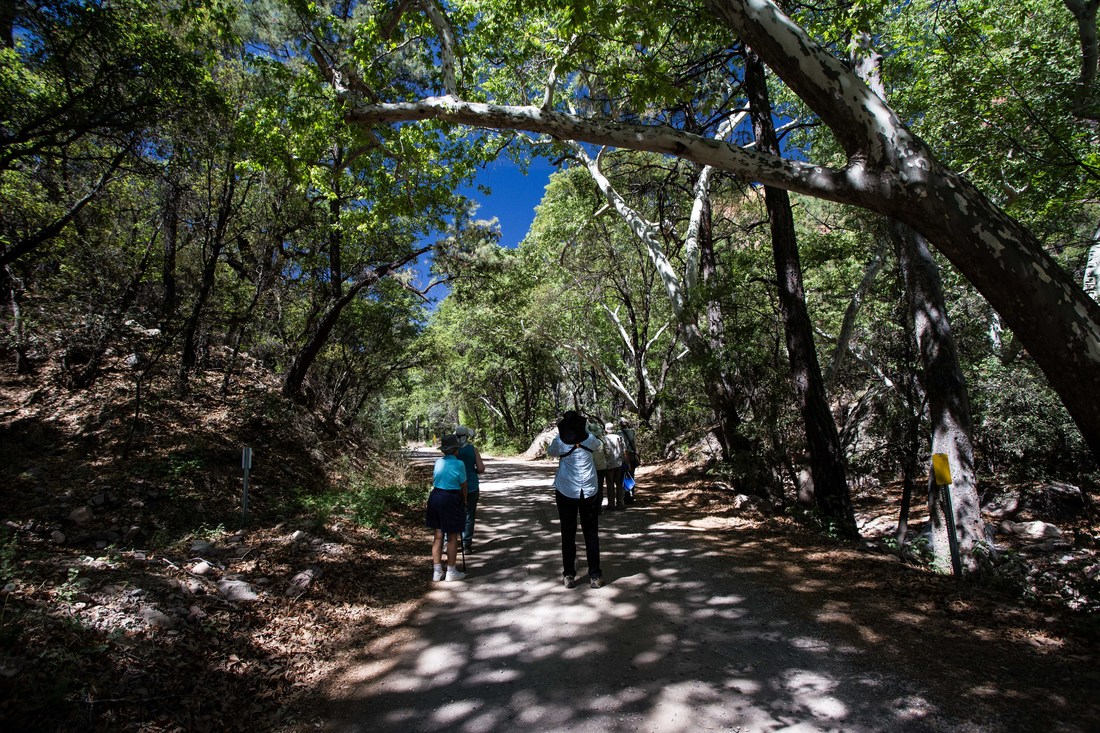
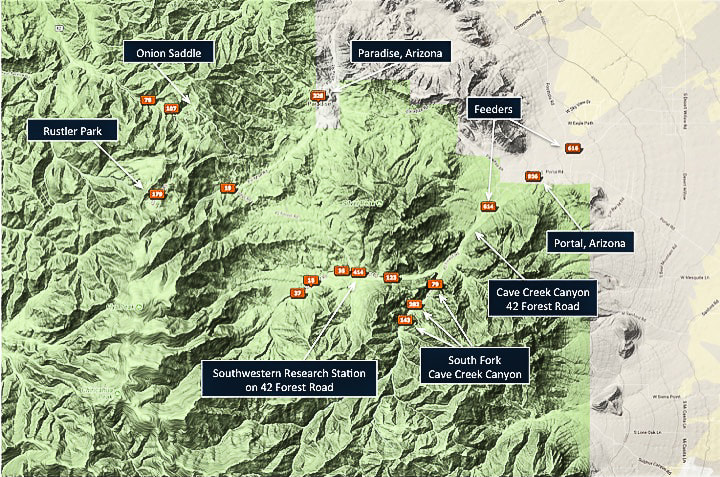
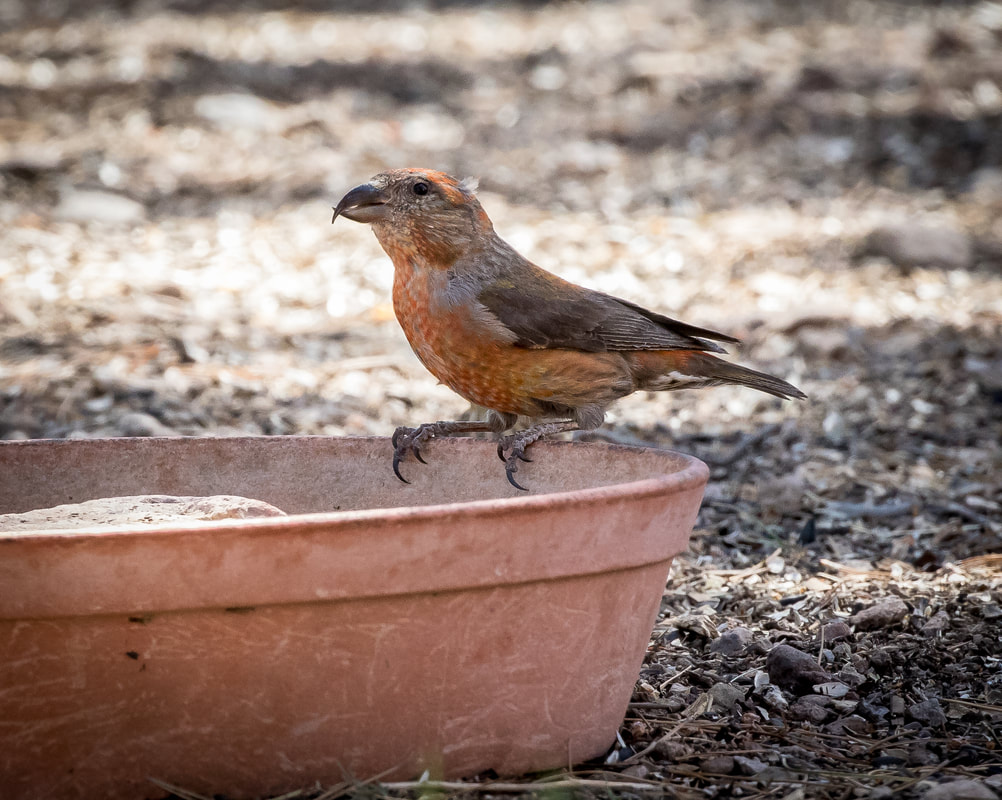
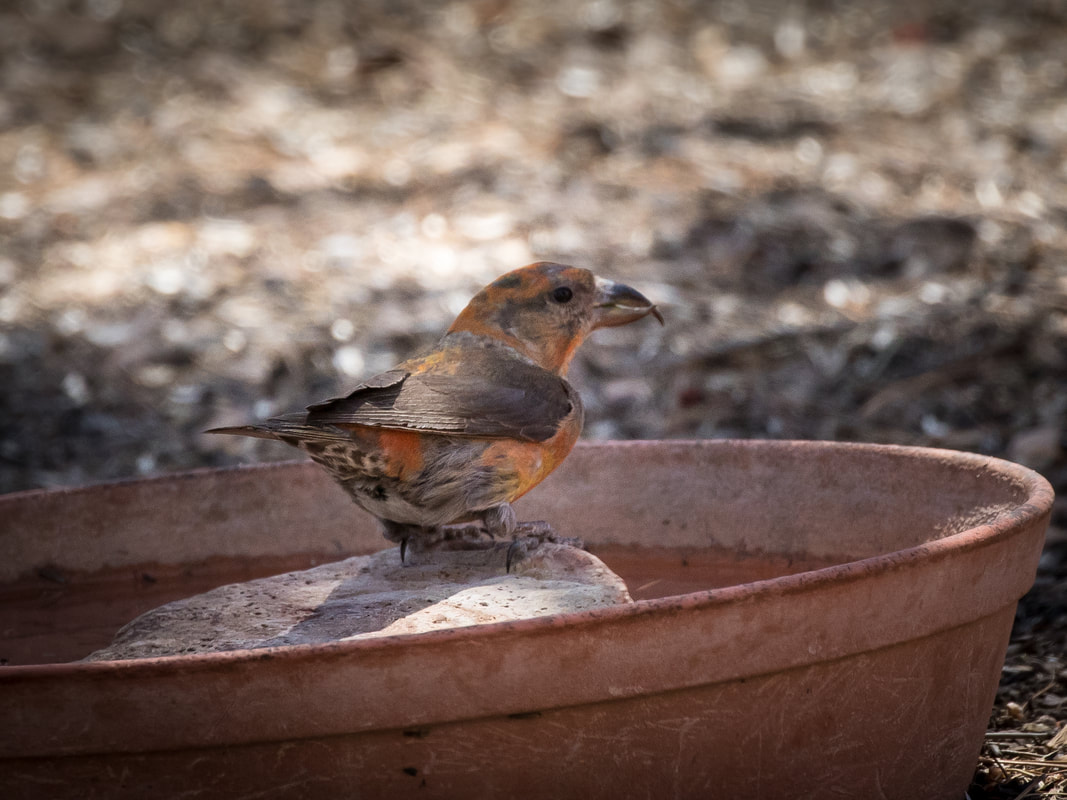
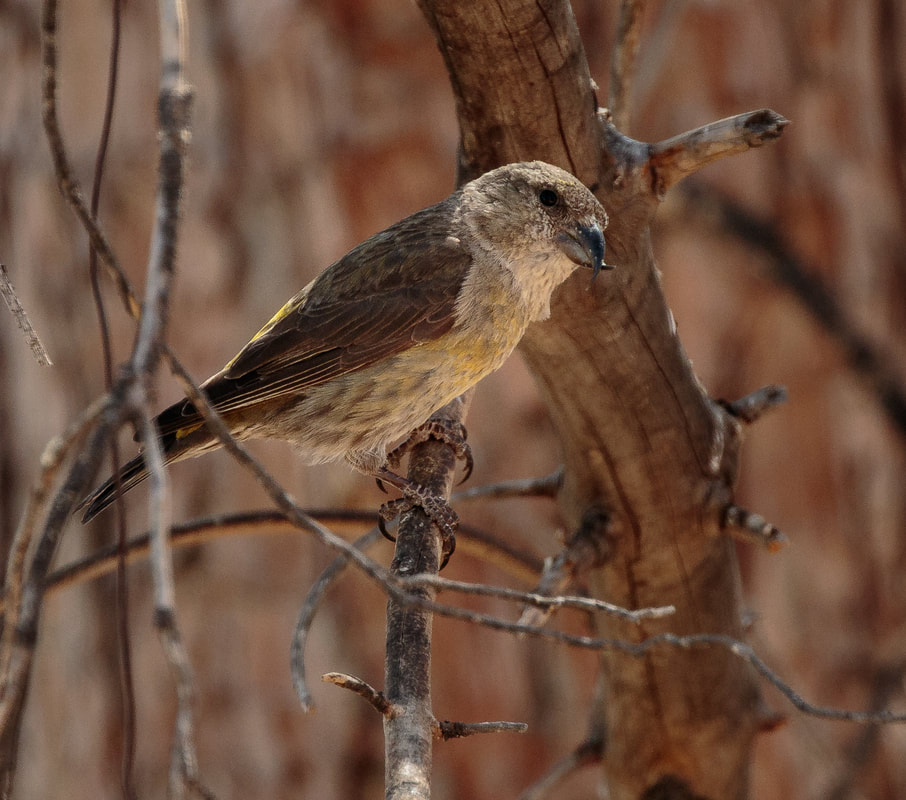
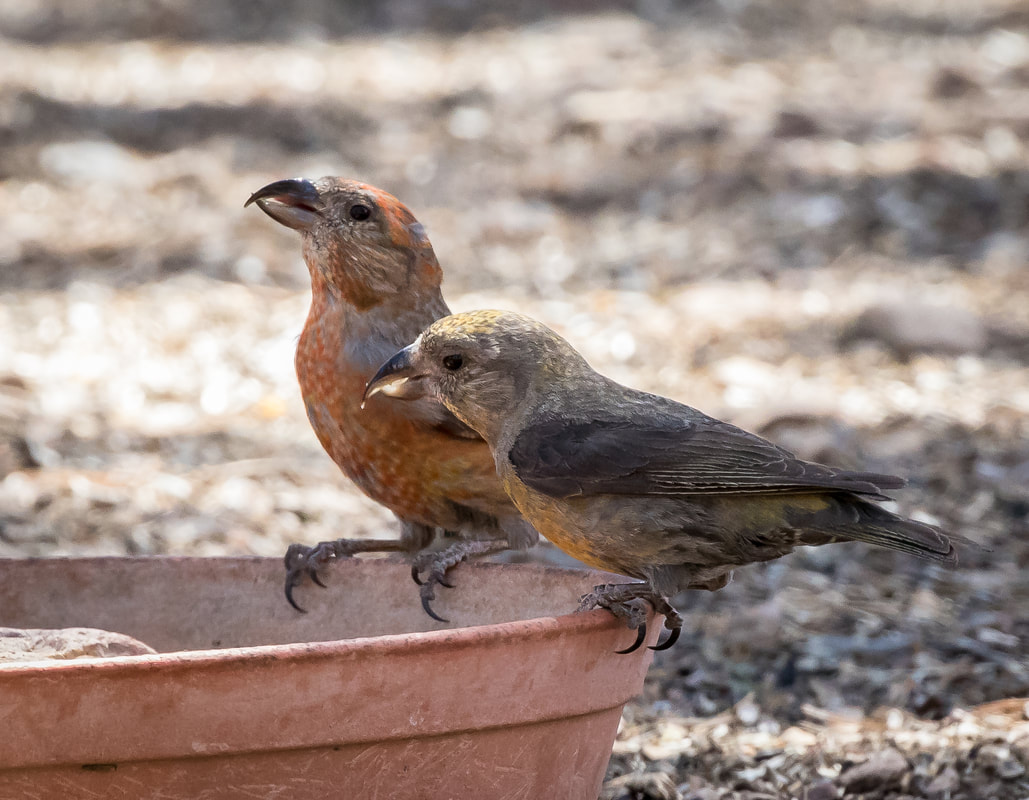
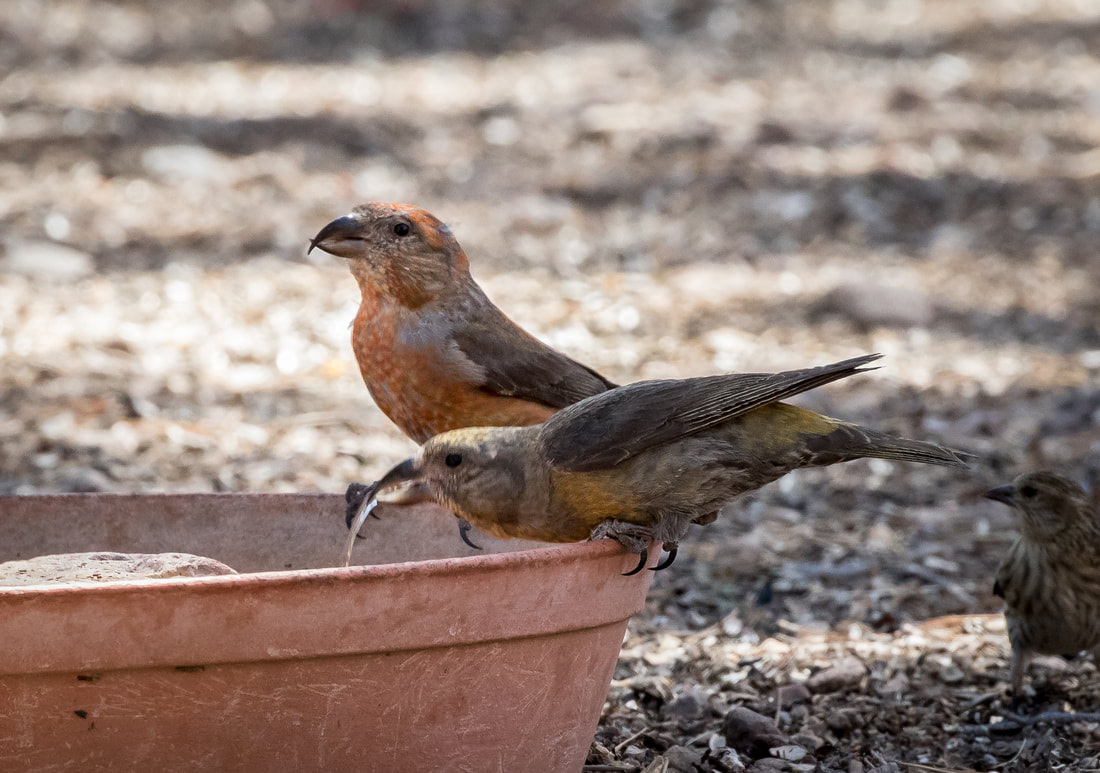
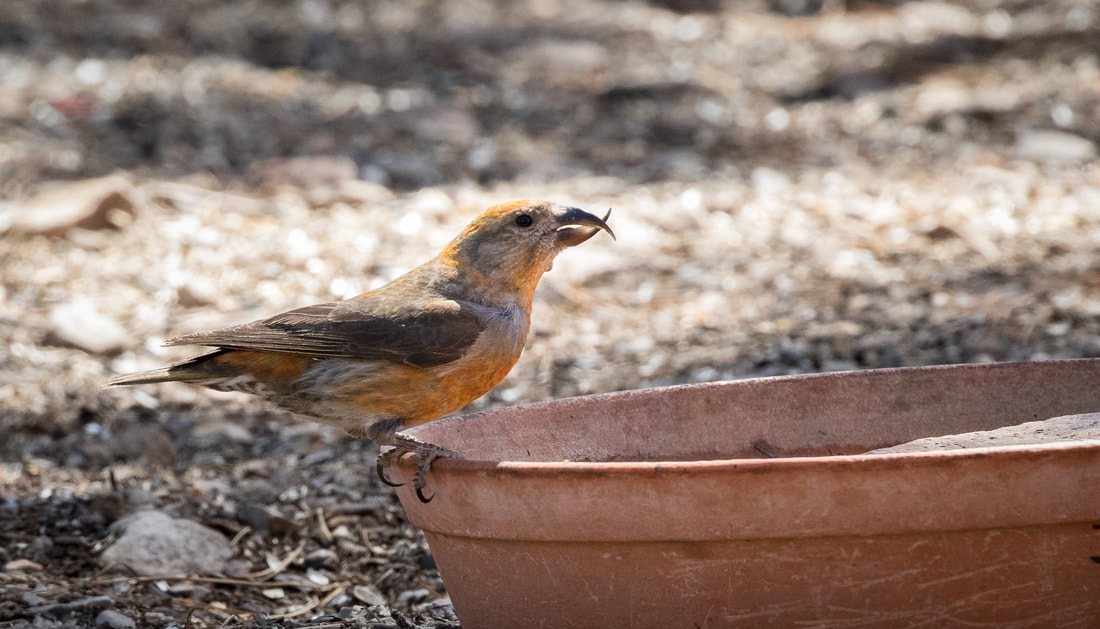
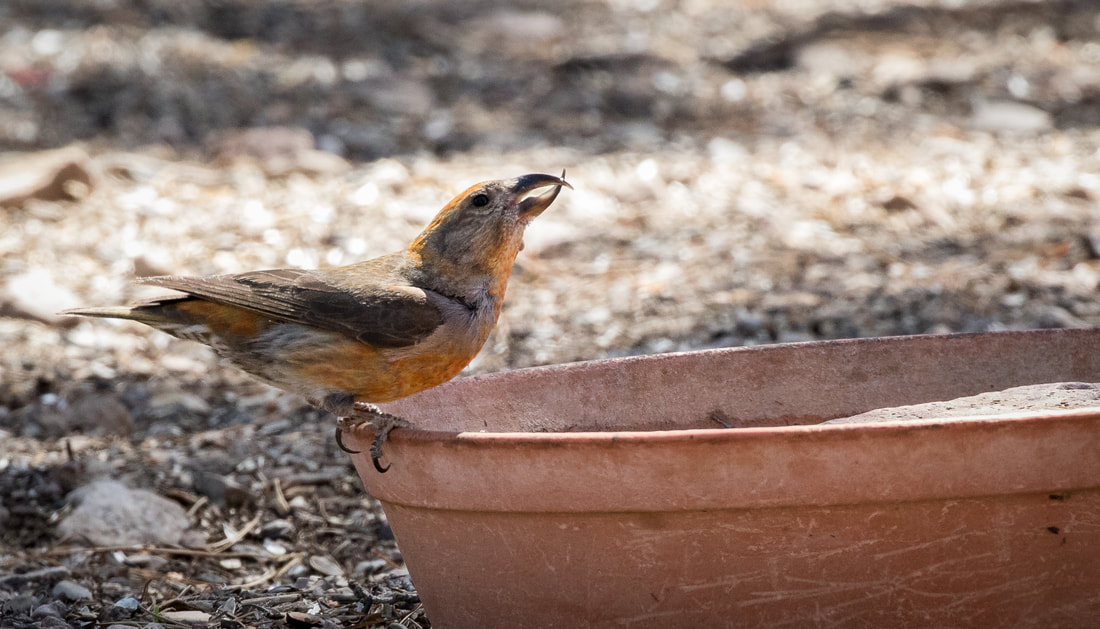
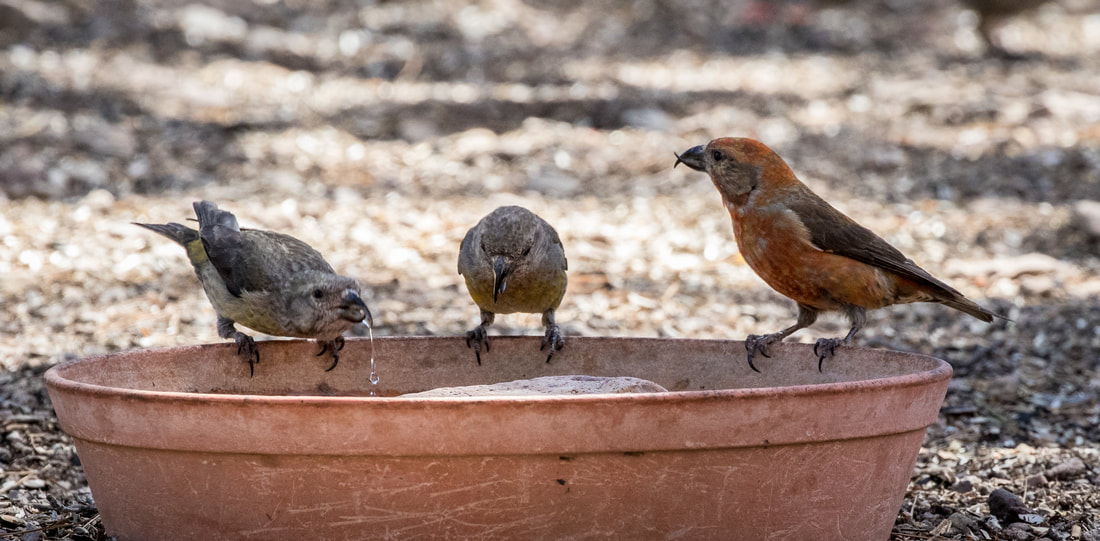
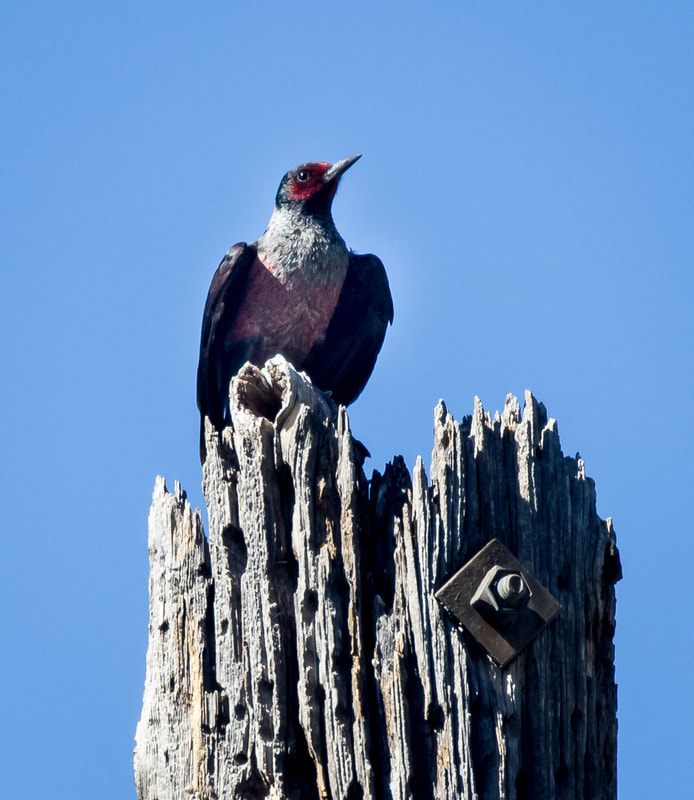
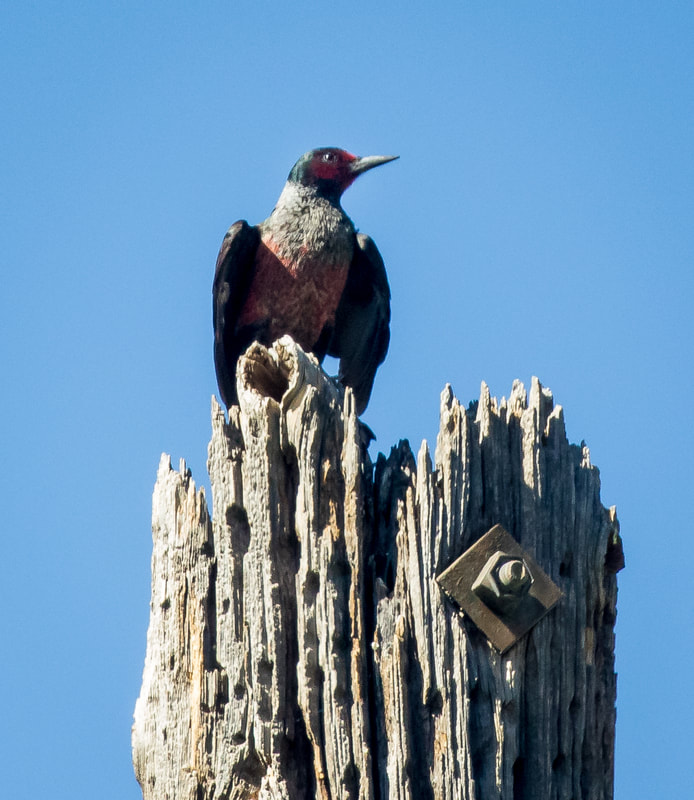
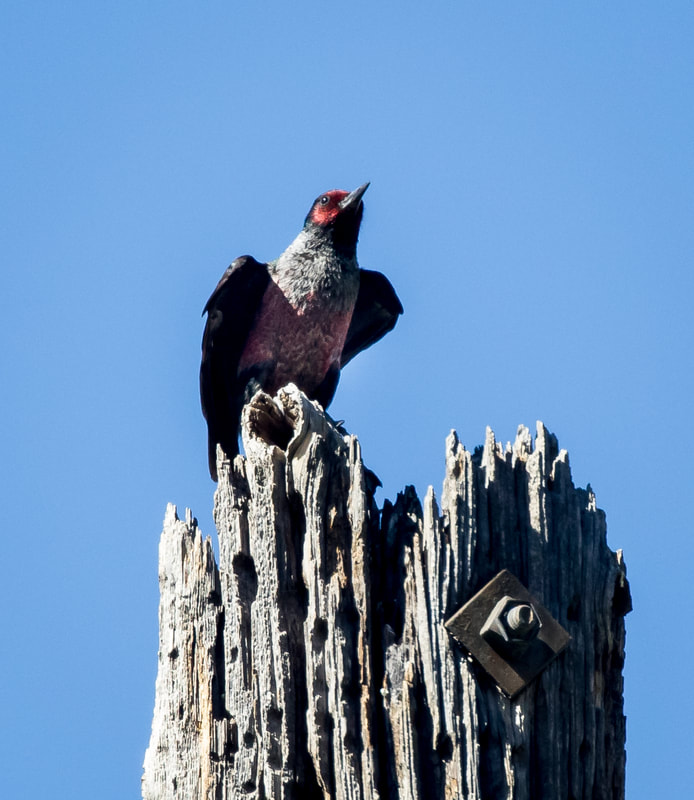
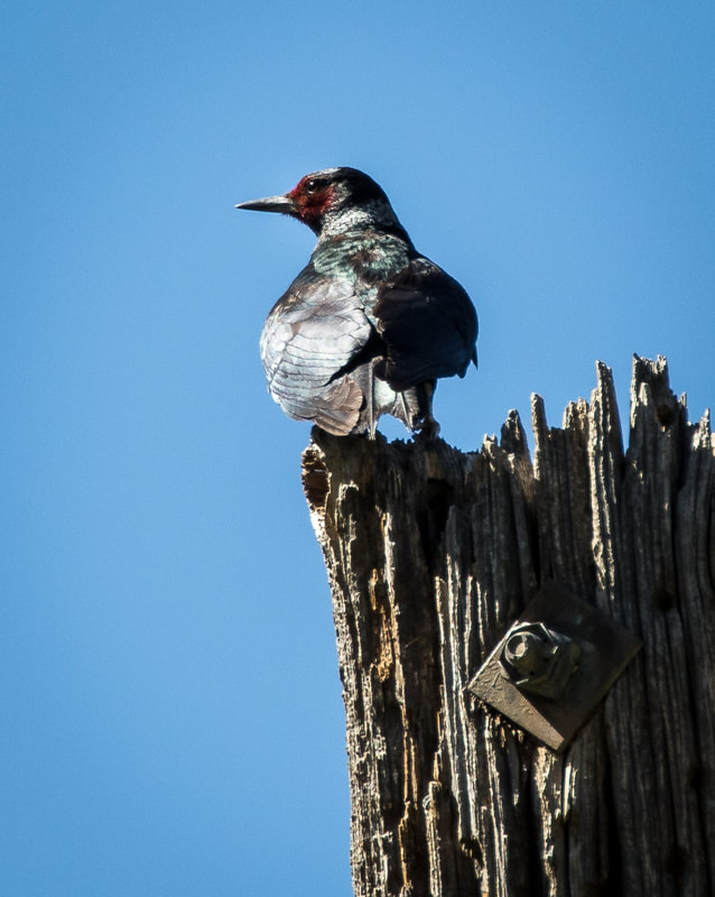
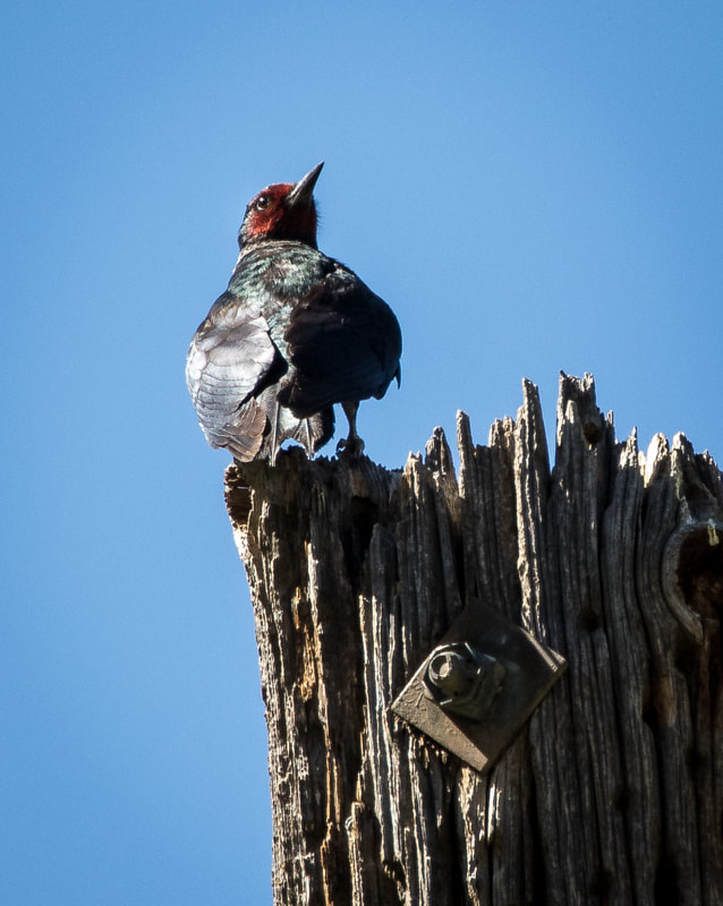
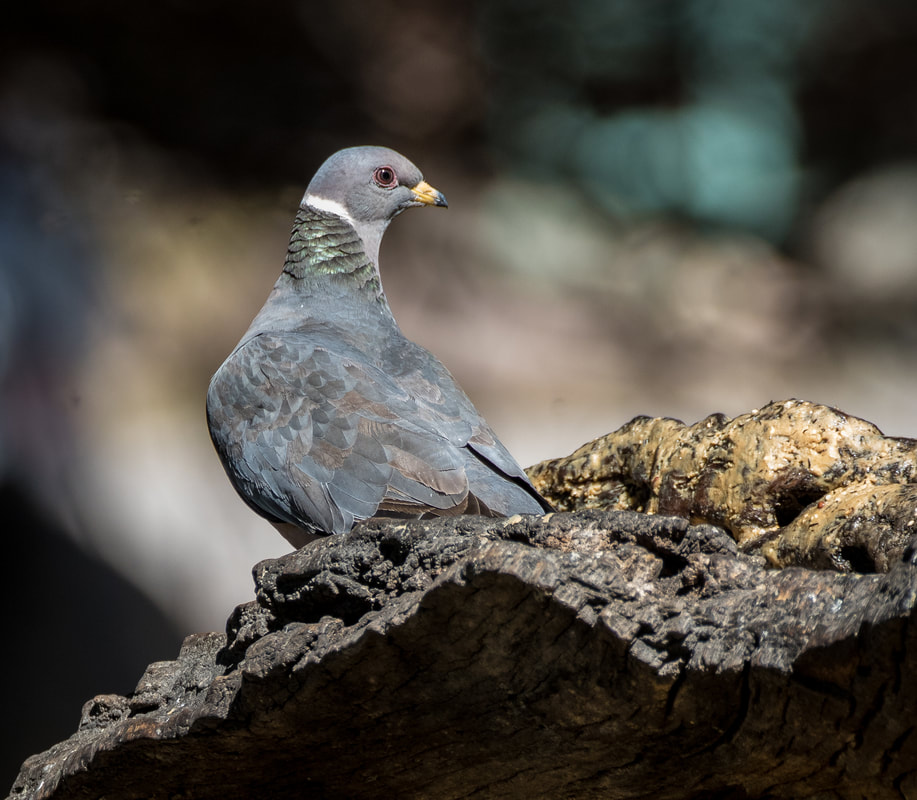
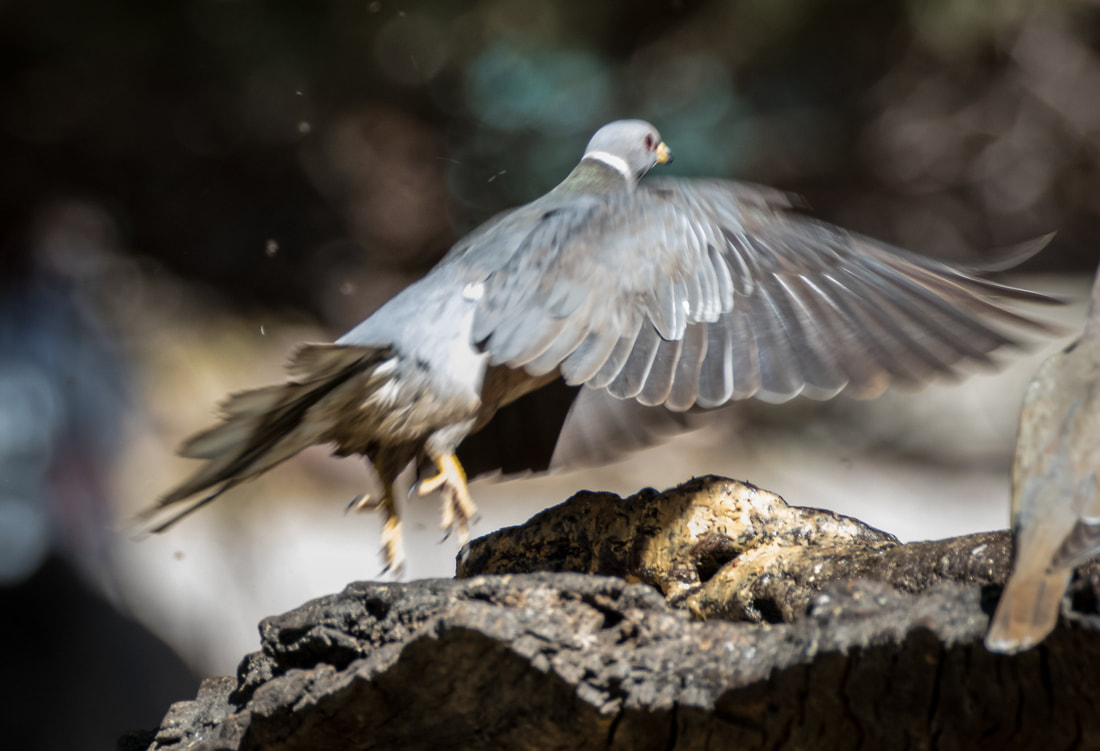
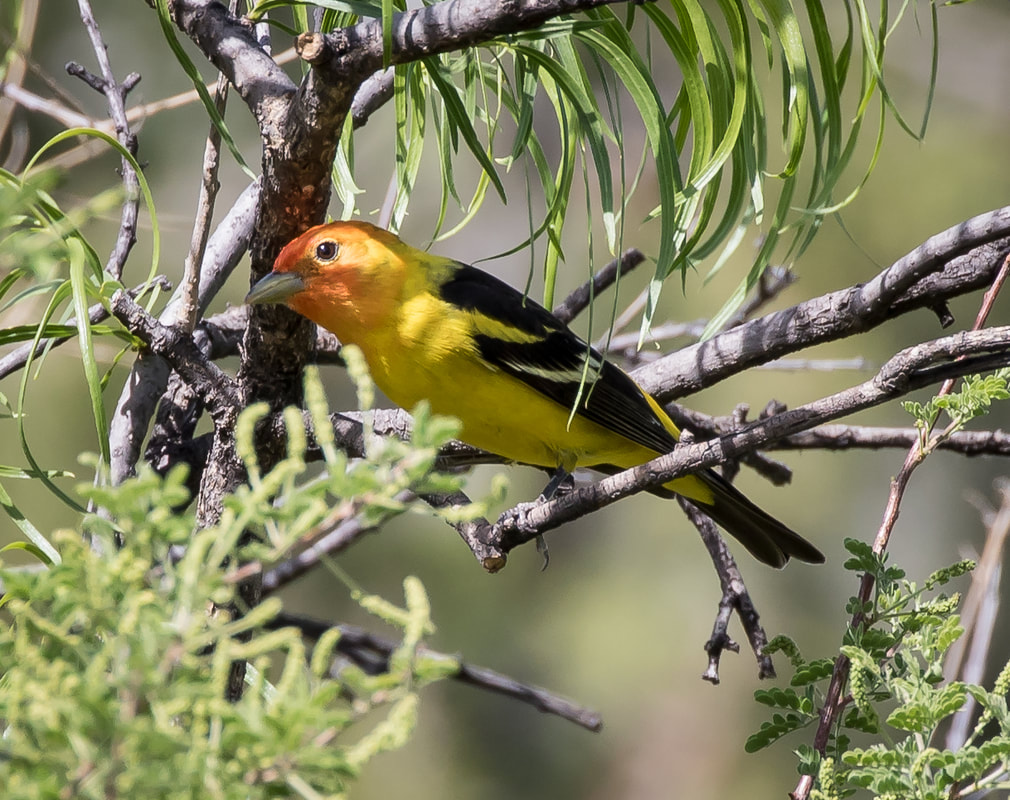
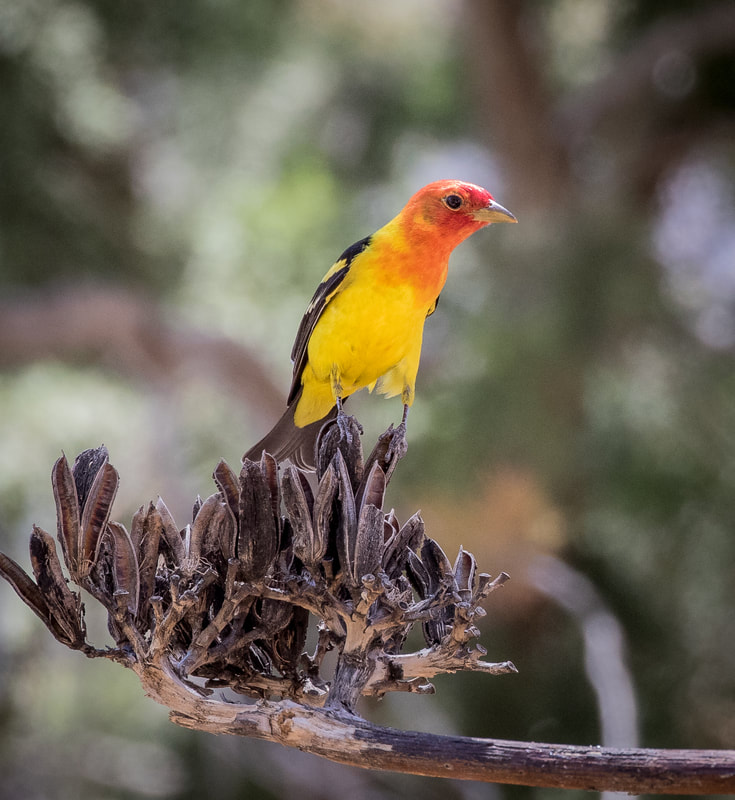
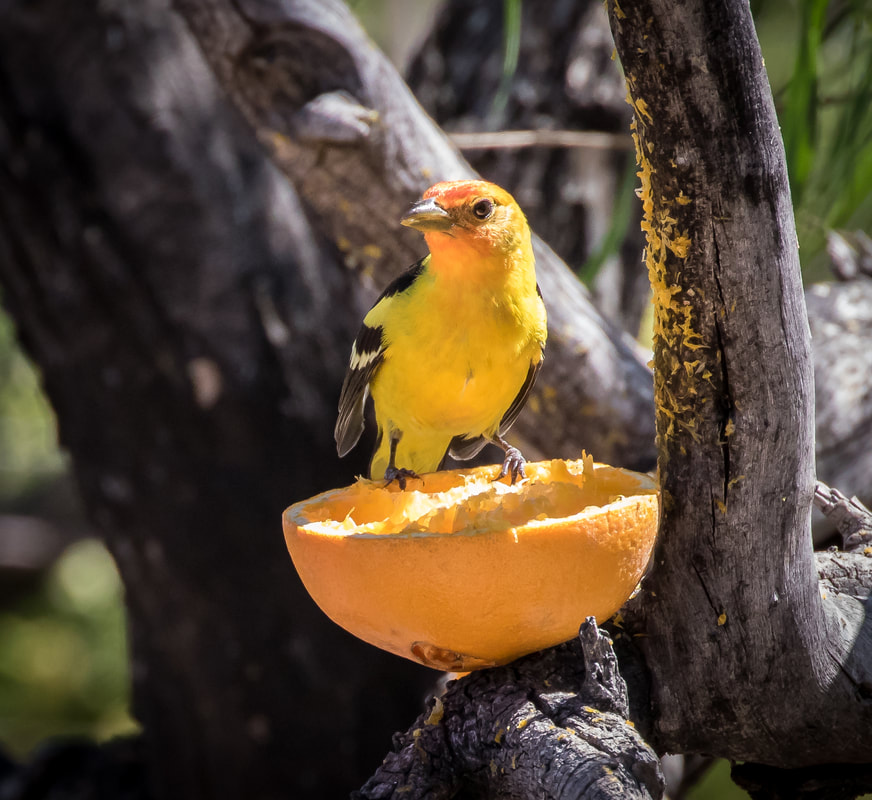
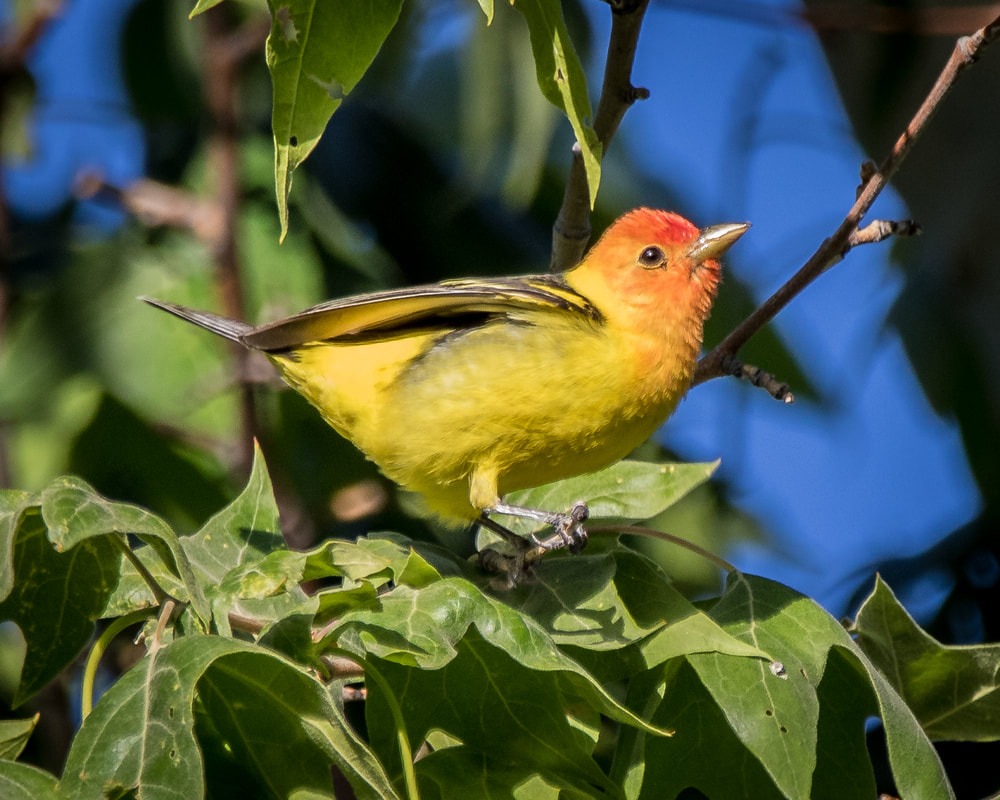
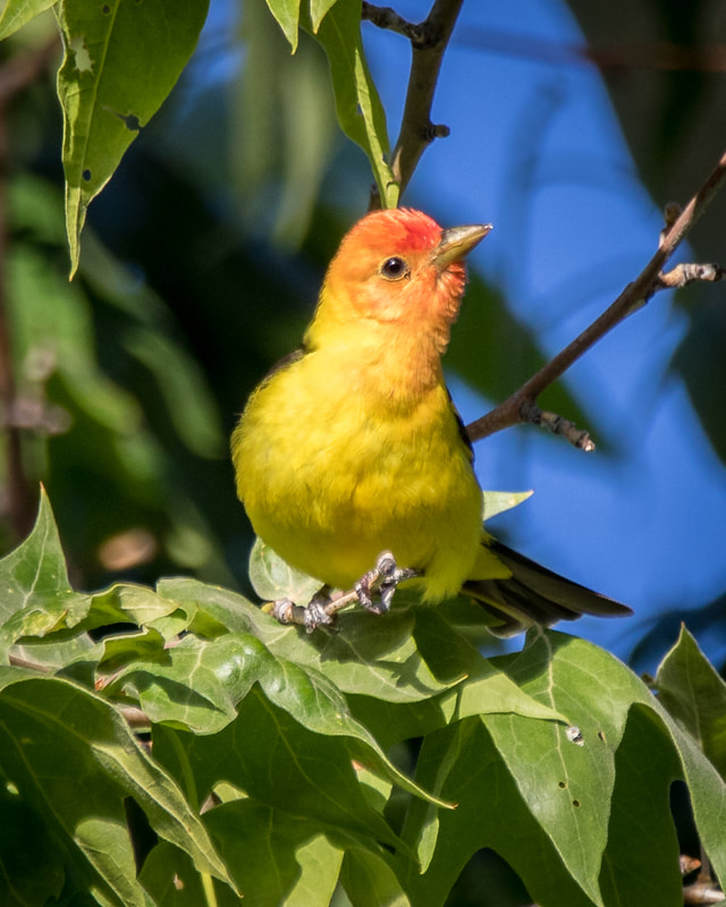
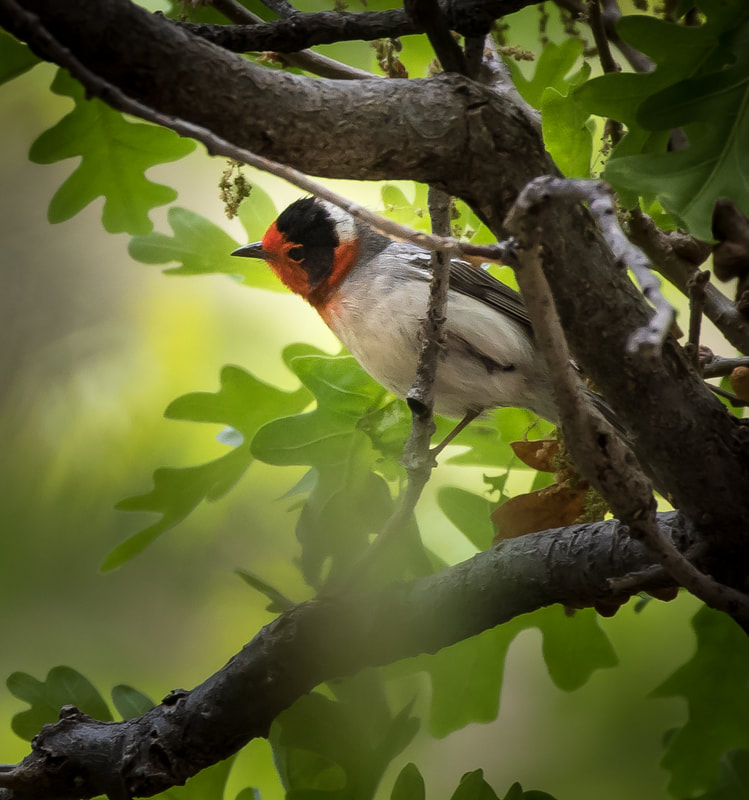
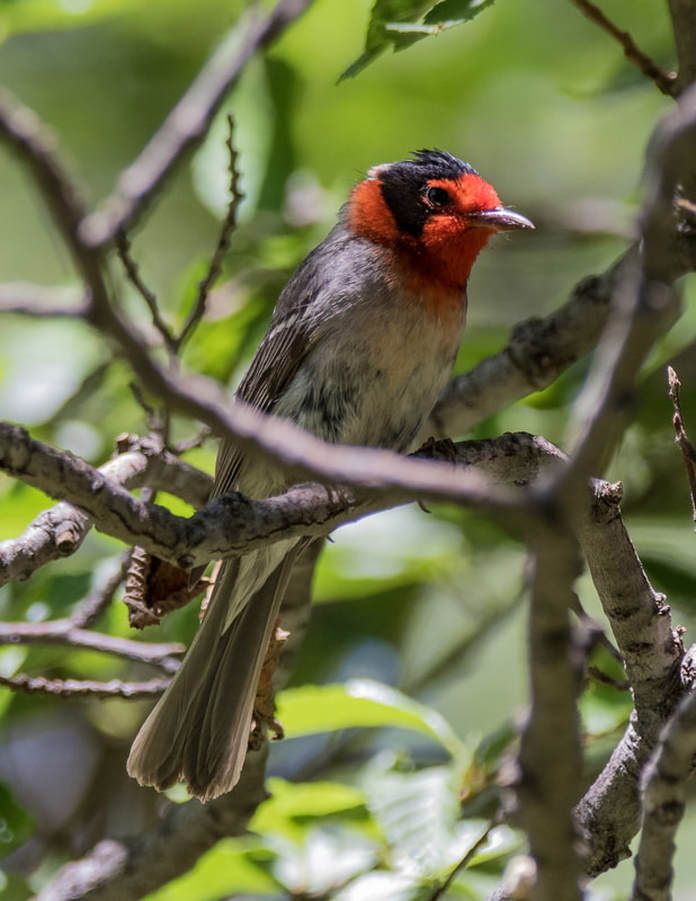
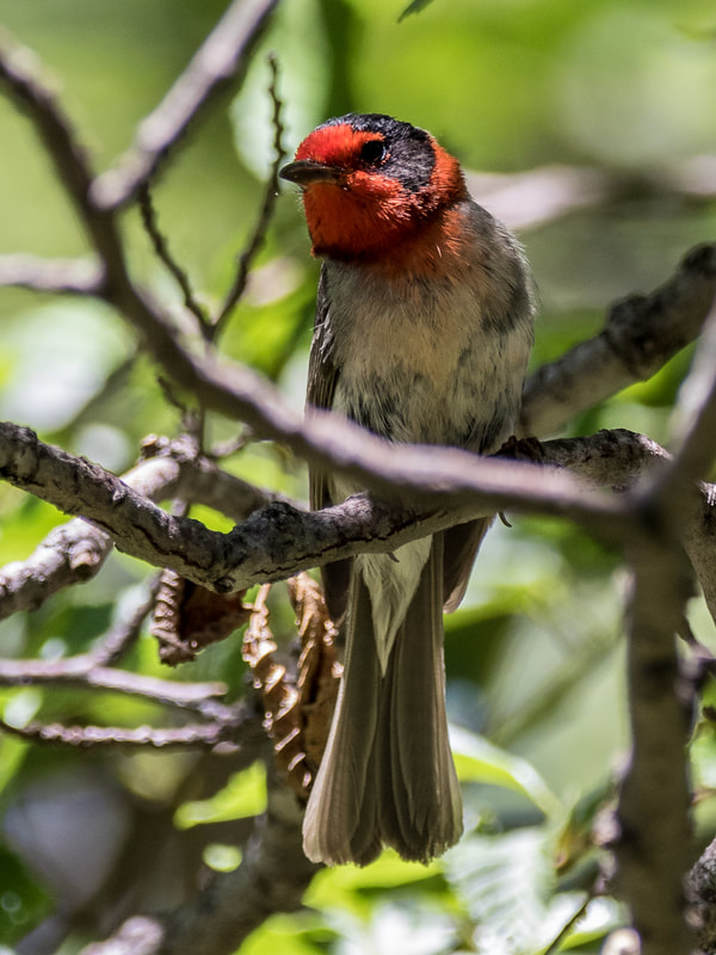
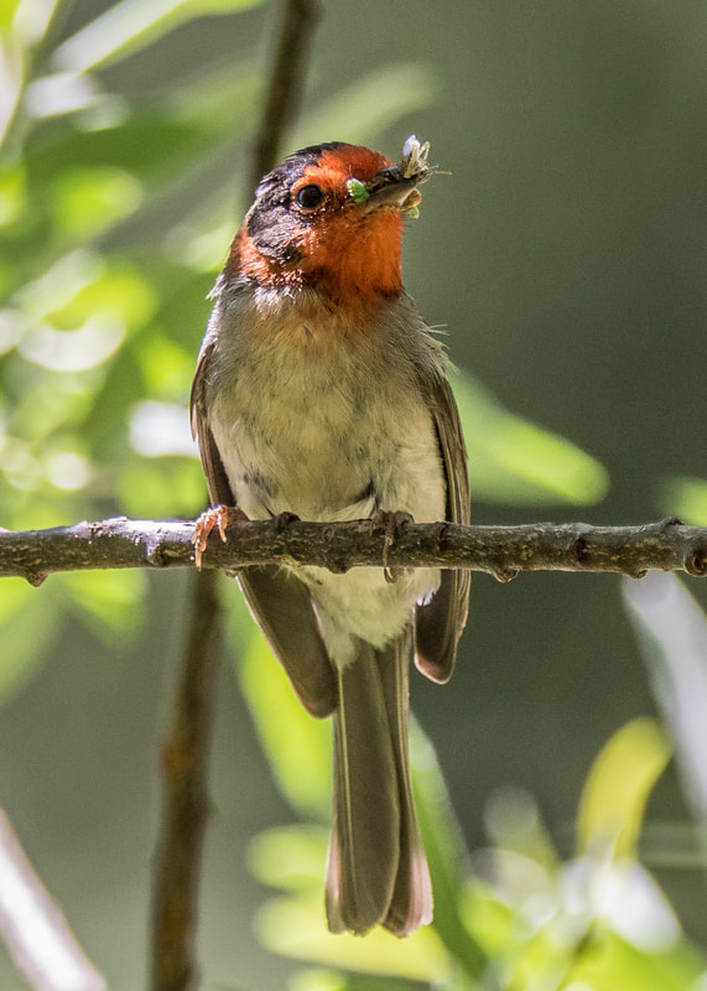
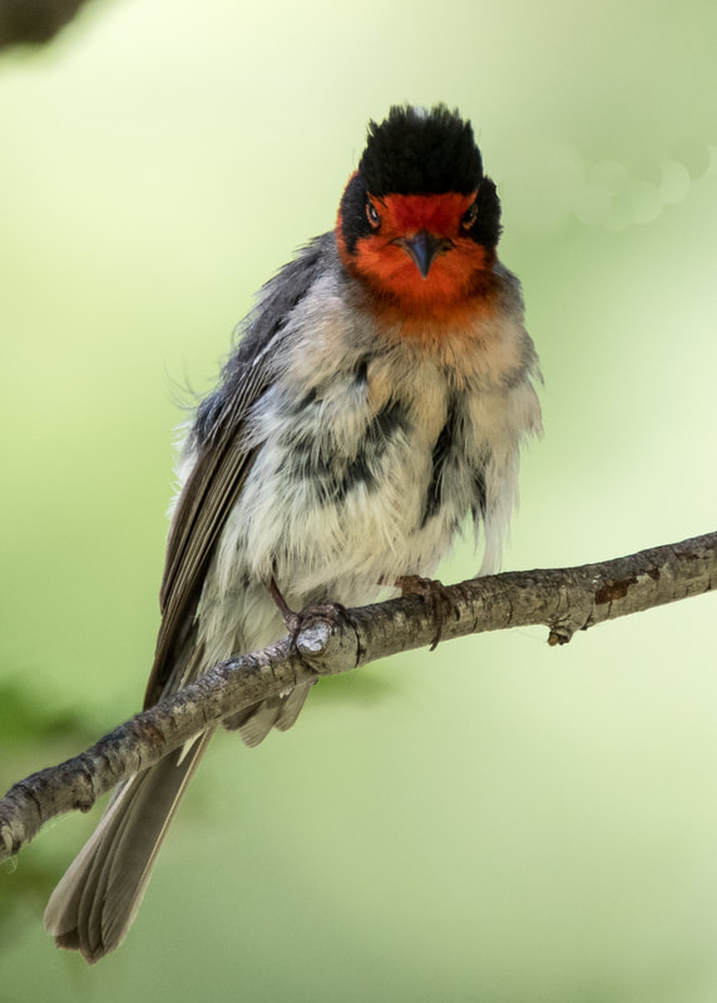
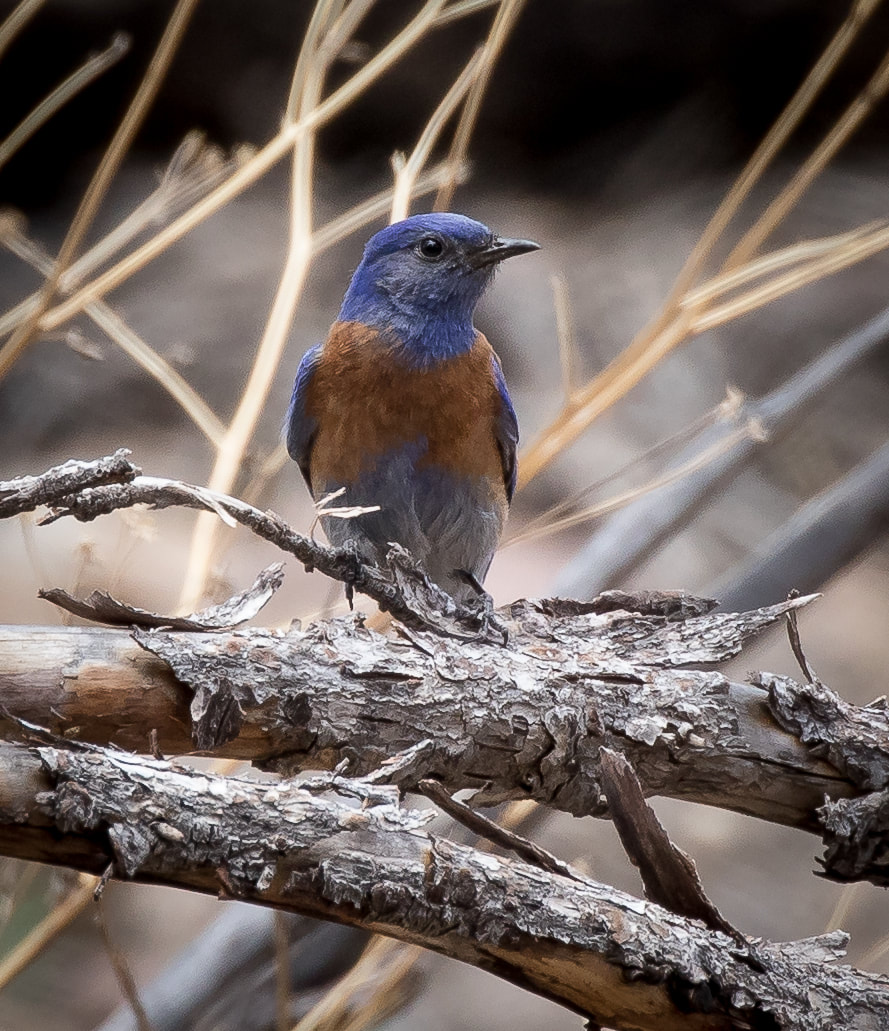
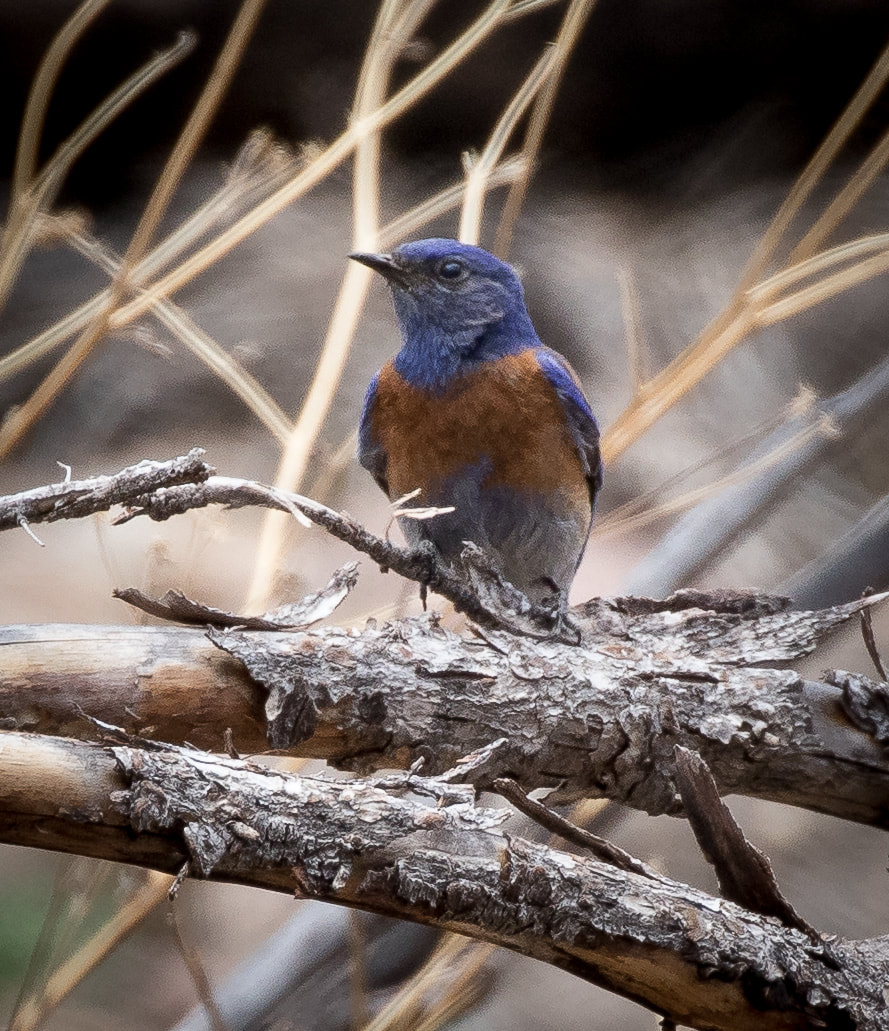
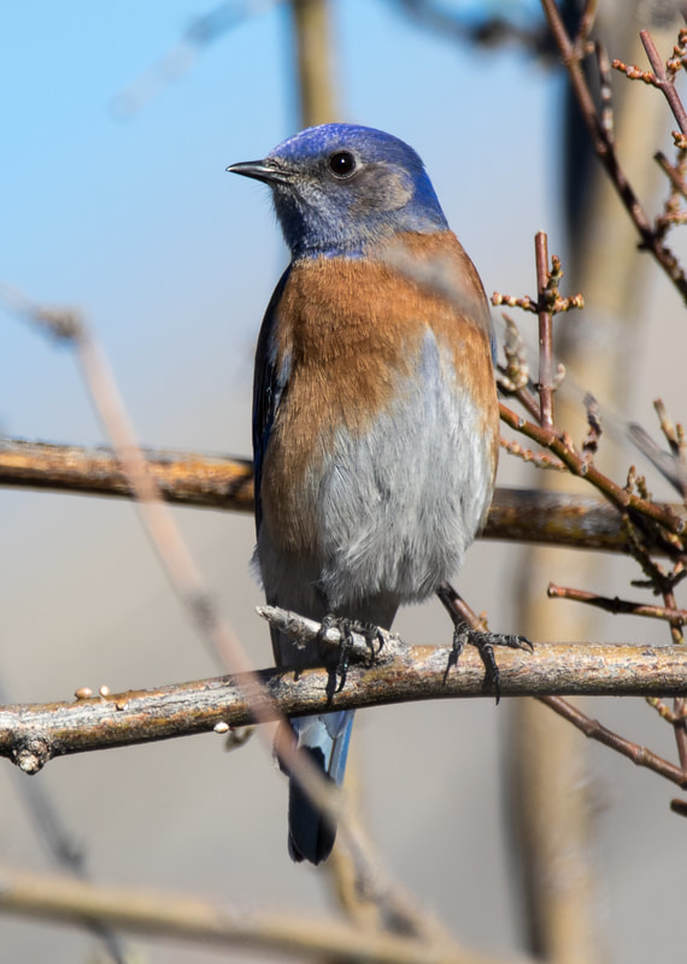
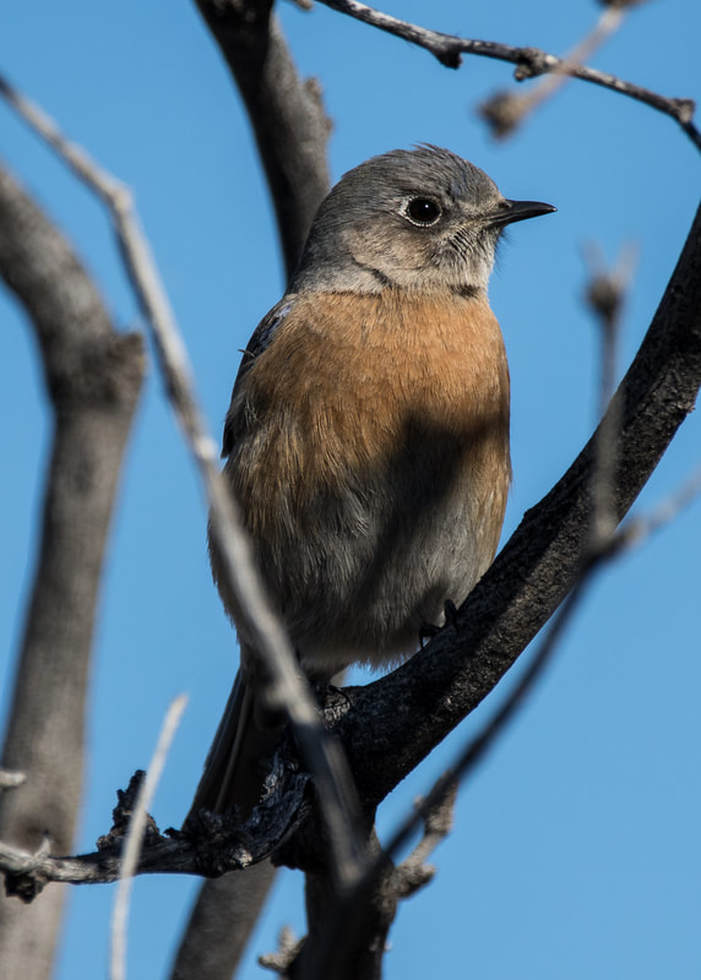
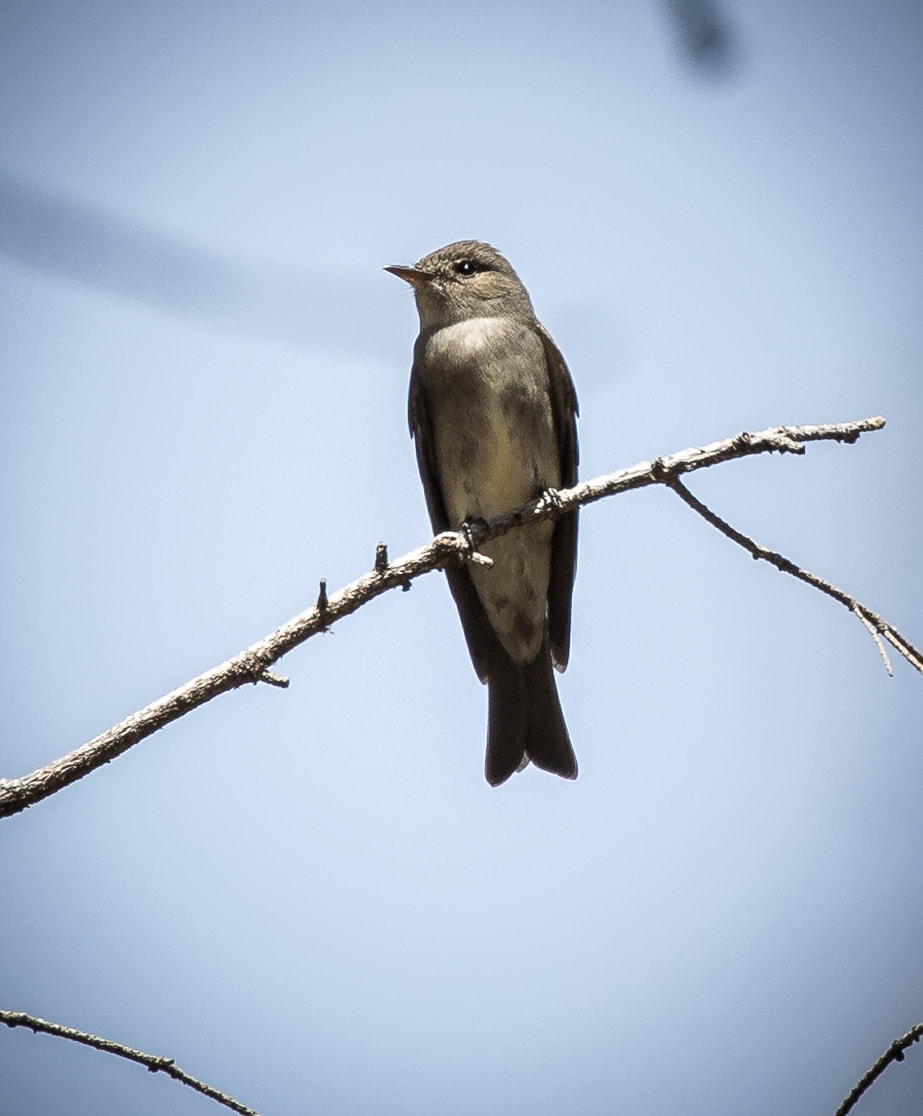
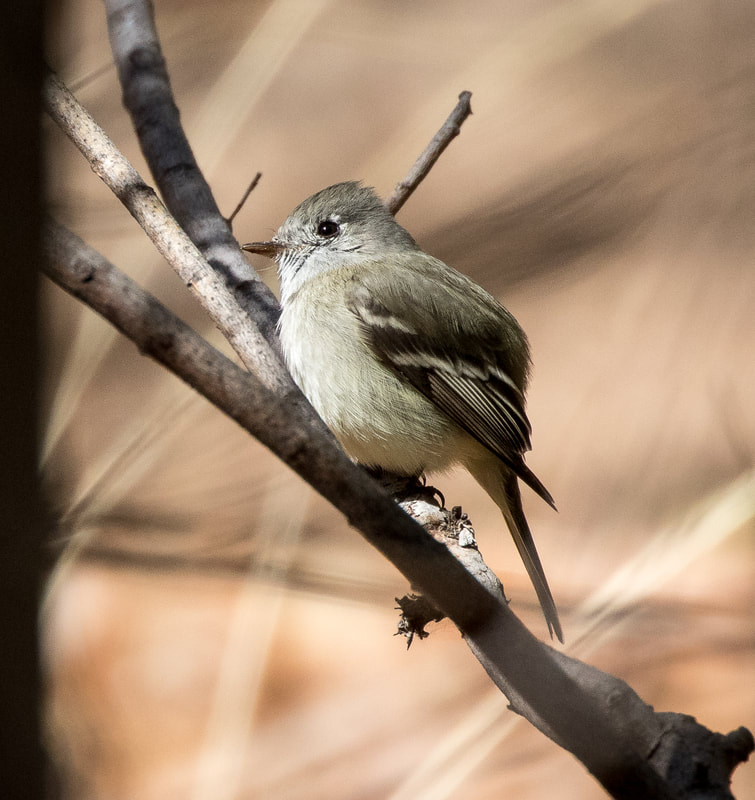
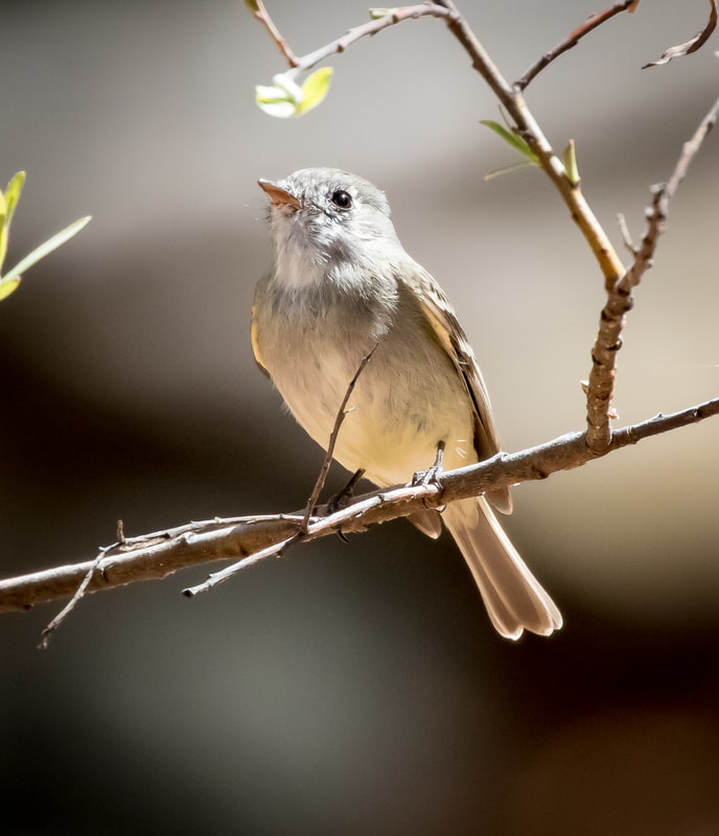
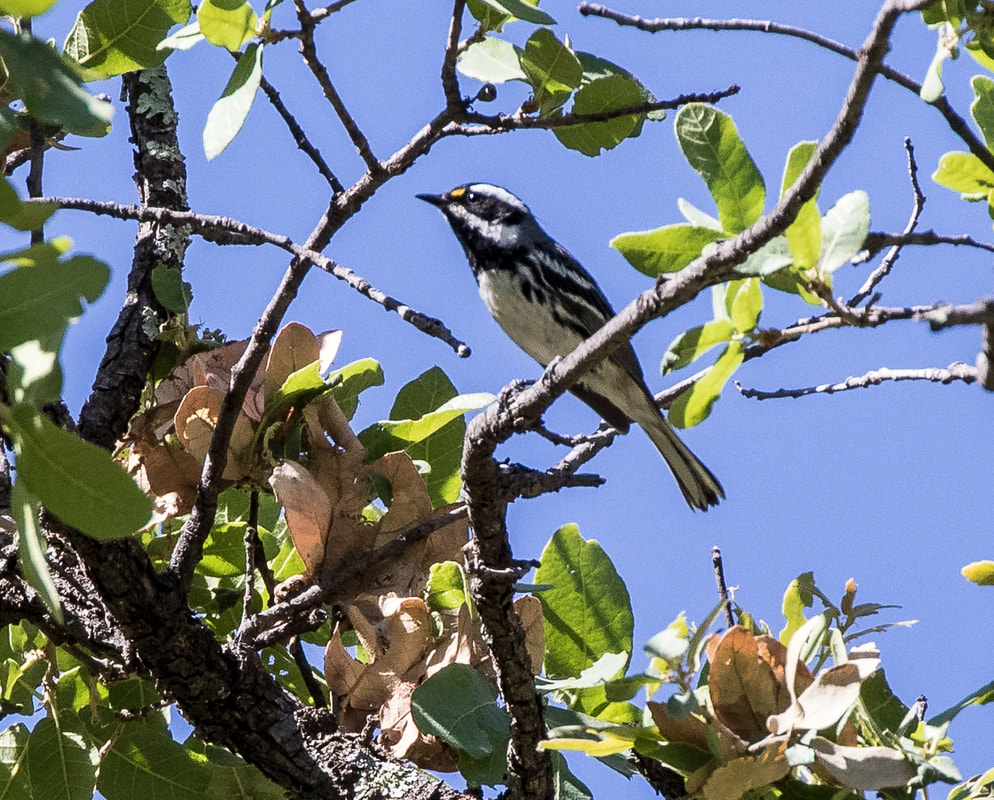
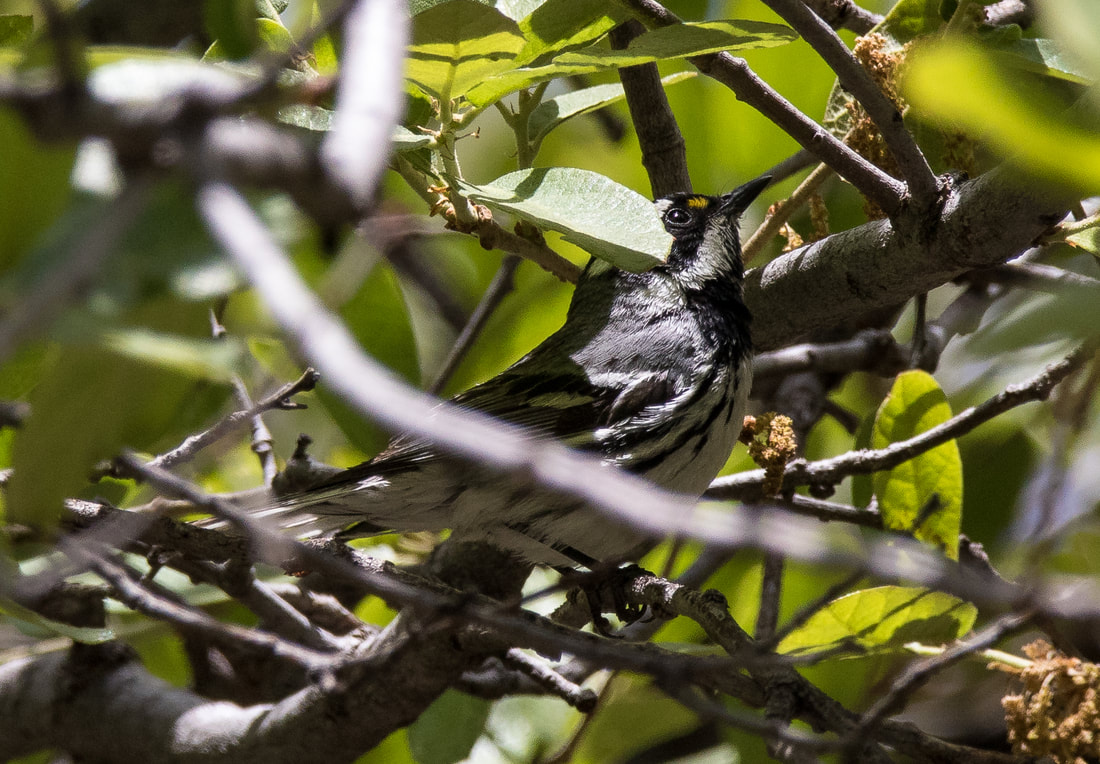
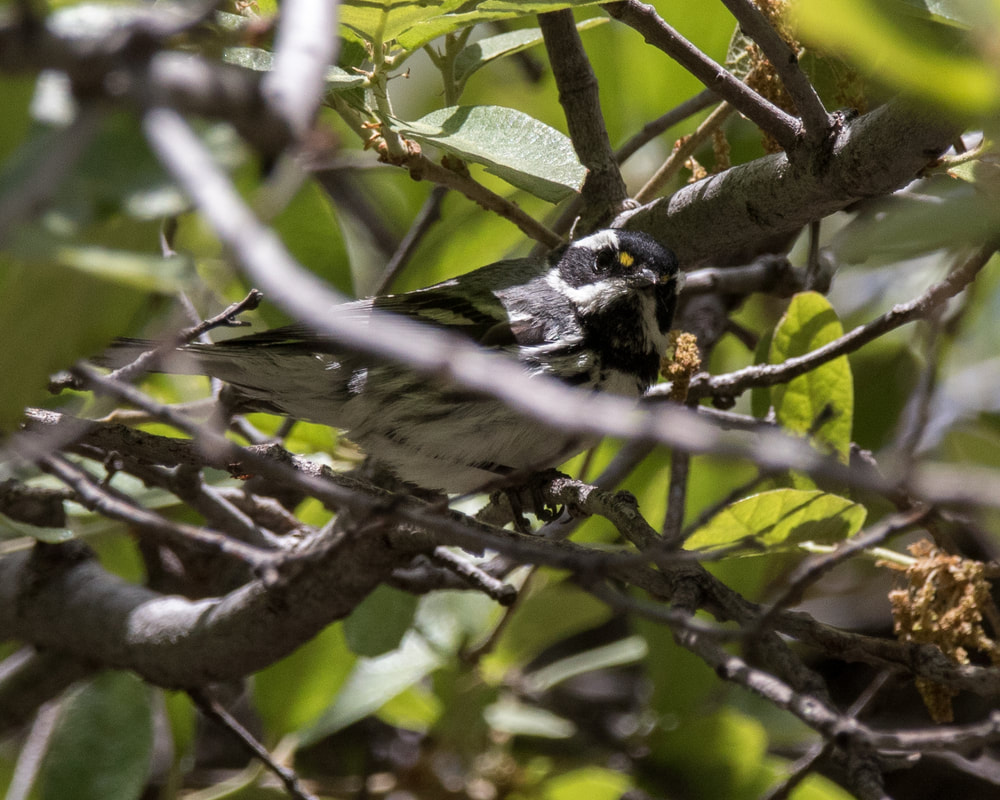
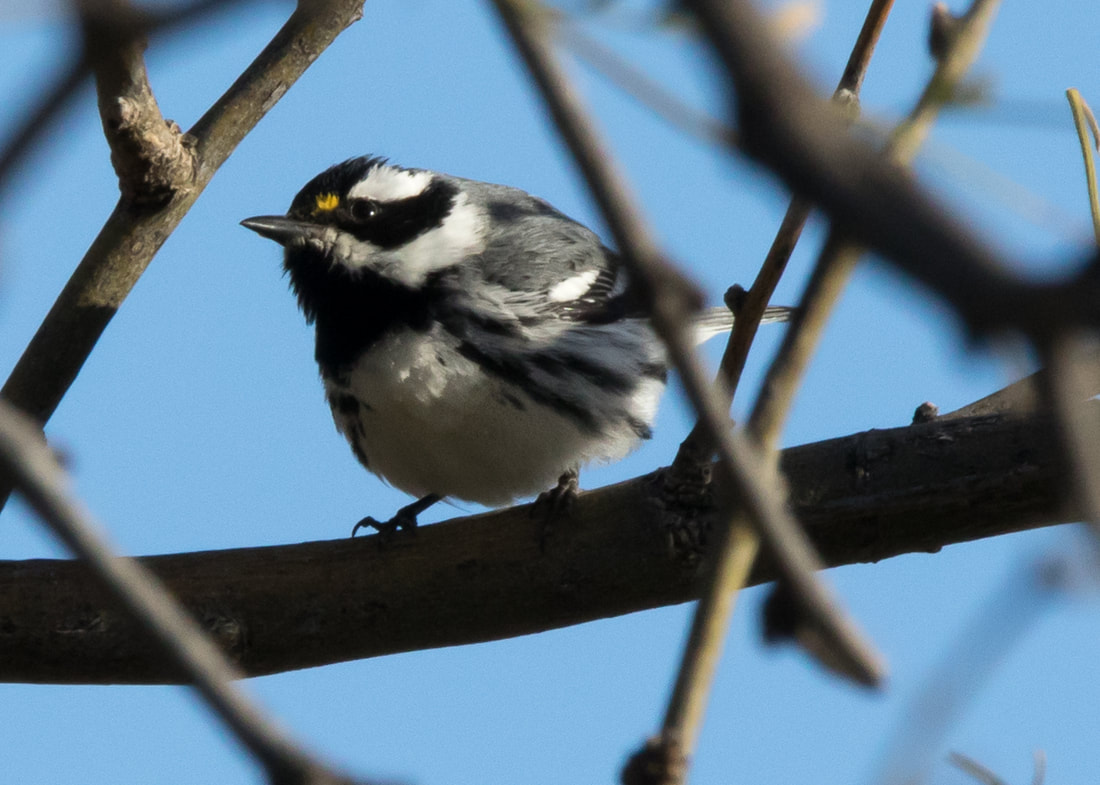
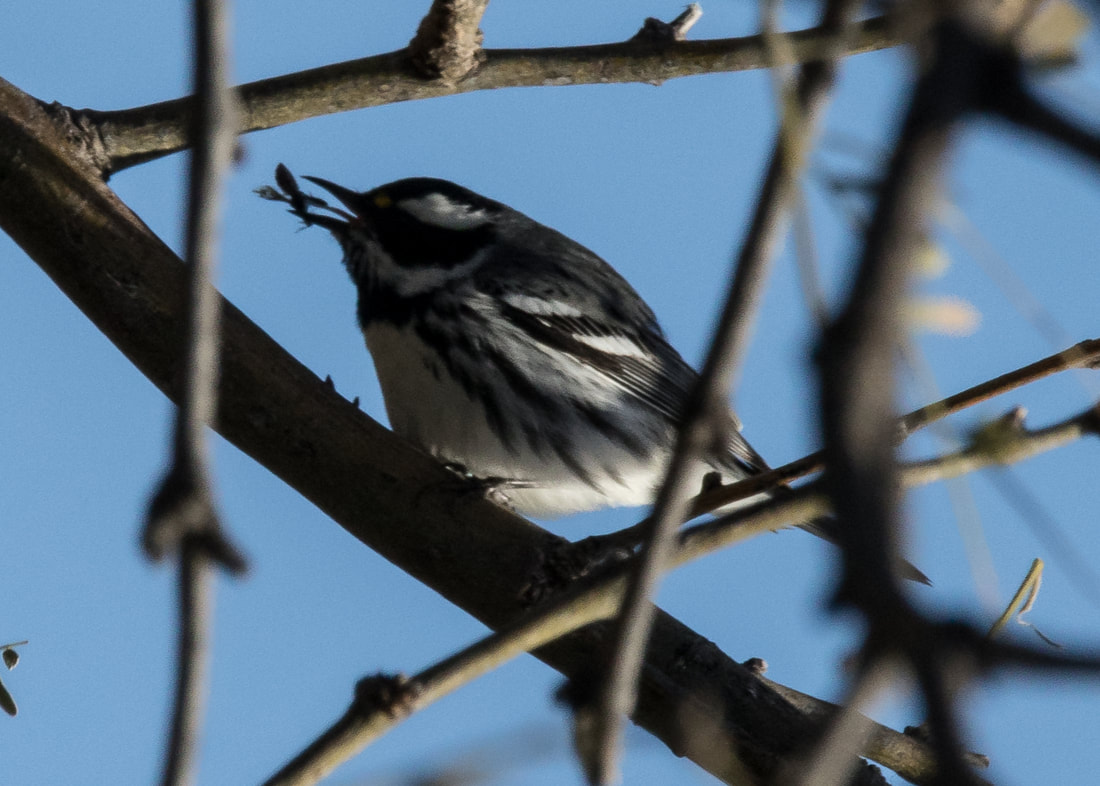
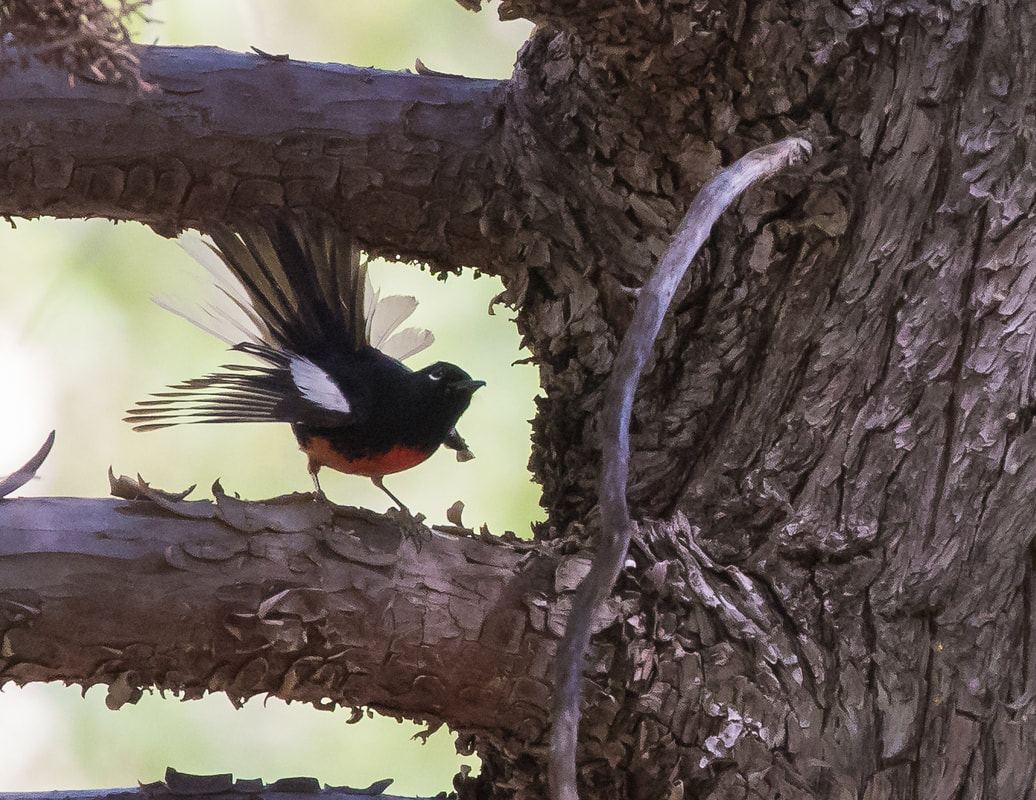
 RSS Feed
RSS Feed